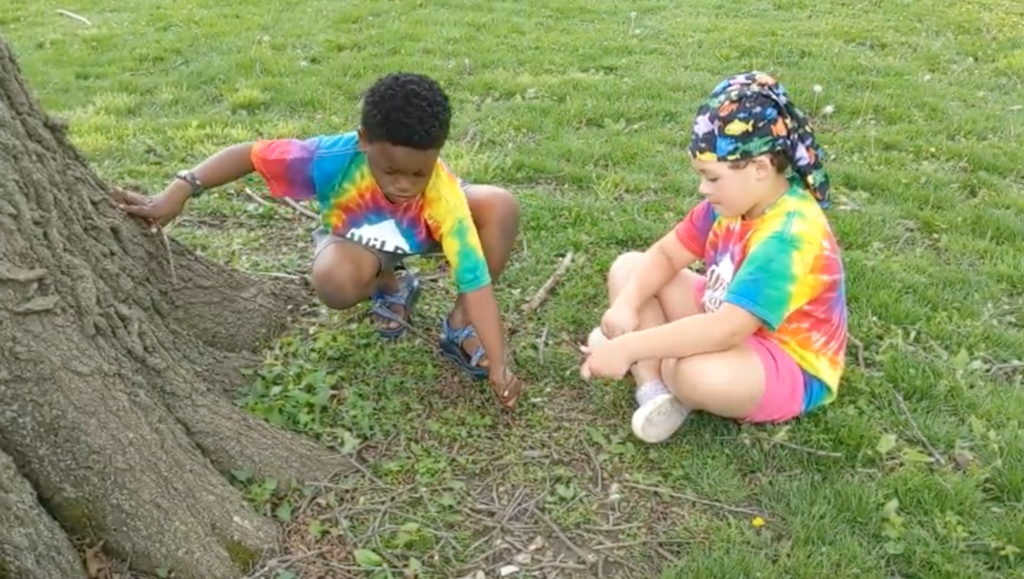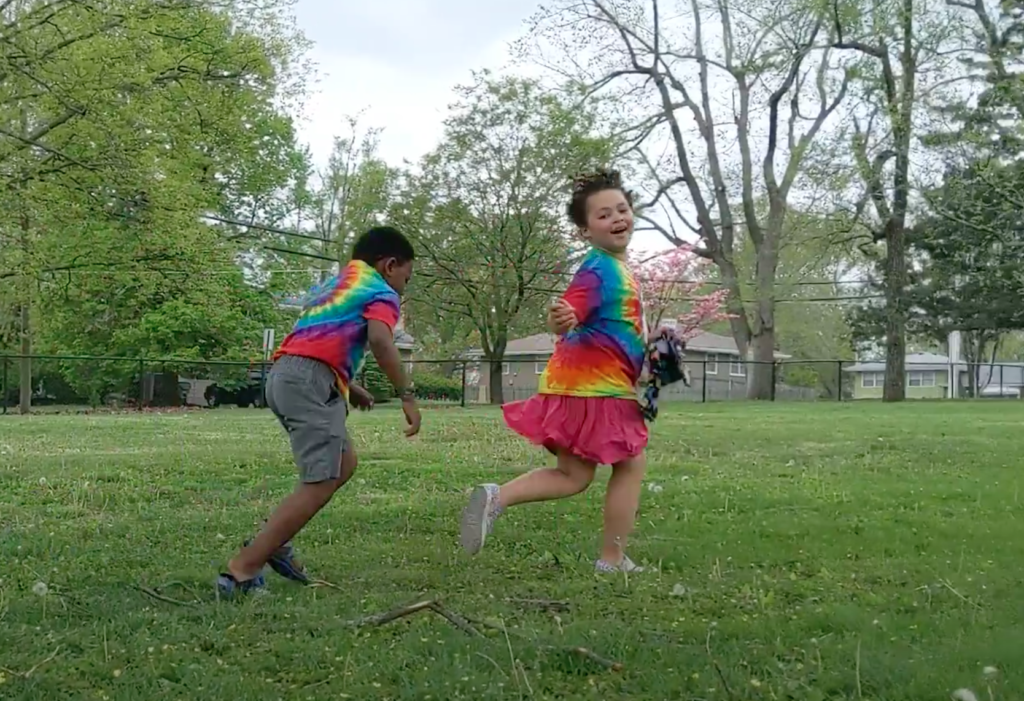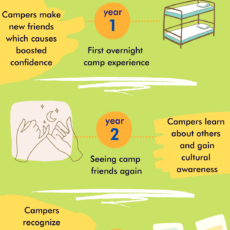As a kid, I made “quicksand” out of dirt and hose water; I picked dandelions and made houses for roly-polies; I played “spy” with my brother and two neighbor boys. Little of this play was directly supervised, and none of it was directed by adults.
As an adult however, un-planned play time with kids leaves me with a deep anxiety. I worry that they will be bored. I’m terrified that they will be hurt. I hear myself reflexively cry out “Be careful!” and watch their every step.
I think, “I must be doing this wrong. Don’t kids need structure?”
But they probably need less regiment than I think. Despite my anxiety, kids thrive on unstructured play.
What Is Unstructured Play?
Unstructured play is play directed by kids. It’s not an established ball game, Lego set, Pinterest or educationally-directed activity. Unstructured play has no learning objective.

It thrives outside. There is no particular way kids are “supposed” to play in nature. A branch can become a cave, a stepping stone to get across a pool of lava, or a spider that you have to avoid. The possibilities are endless.
Playing outside without adult direction encourages independence, imagination, and exploration. If a child has a sibling to play with, you can add in teamwork, collaboration, and conflict resolution.
Why Is Unstructured Play So Hard, and How Can We Cultivate It?
Making room for unstructured play, particularly outdoors, is difficult. First, we worry about safety. We worry about traffic, strangers, judgment from neighbors, broken bones, and whatever else our imaginations can cook up.
Then, unstructured play is difficult because time is at a premium. Between school, homework, after school practices and lessons, necessary errands, and squeezing in meals in between, there is precious little time for kids to play without structure.

With these challenges, it can feel impossible to cultivate unstructured play.
But here’s the good news: unstructured play requires no special kits or toys. It thrives in nature–not only at parks, but in backyards, in puddles on the sidewalk. And, importantly, it gives parents a break from planning every moment with kid activities.
So try it! Give yourself a break. To get started, we’ve put together some tips for you below.
Tips for Introducing Unstructured Outdoor Play
- Set boundaries. Let kids know how far they can travel and how long unstructured play will last. Outline which areas, activities, or items are off limits.
- Identify hazards. What hazards are present? Do you need to remove them?
- State expectations. Where will you be, and what will you be doing? When will it start and end? What should they do if they need something? What do you expect from them?
- Remind kids that they are capable. A large portion of a child’s life is scheduled and structured, so kids may need to be reminded that they are capable of playing on their own.
- Resist the urge to intervene. Try to let kids work through the challenge of being bored and minor squabbles on their own.



